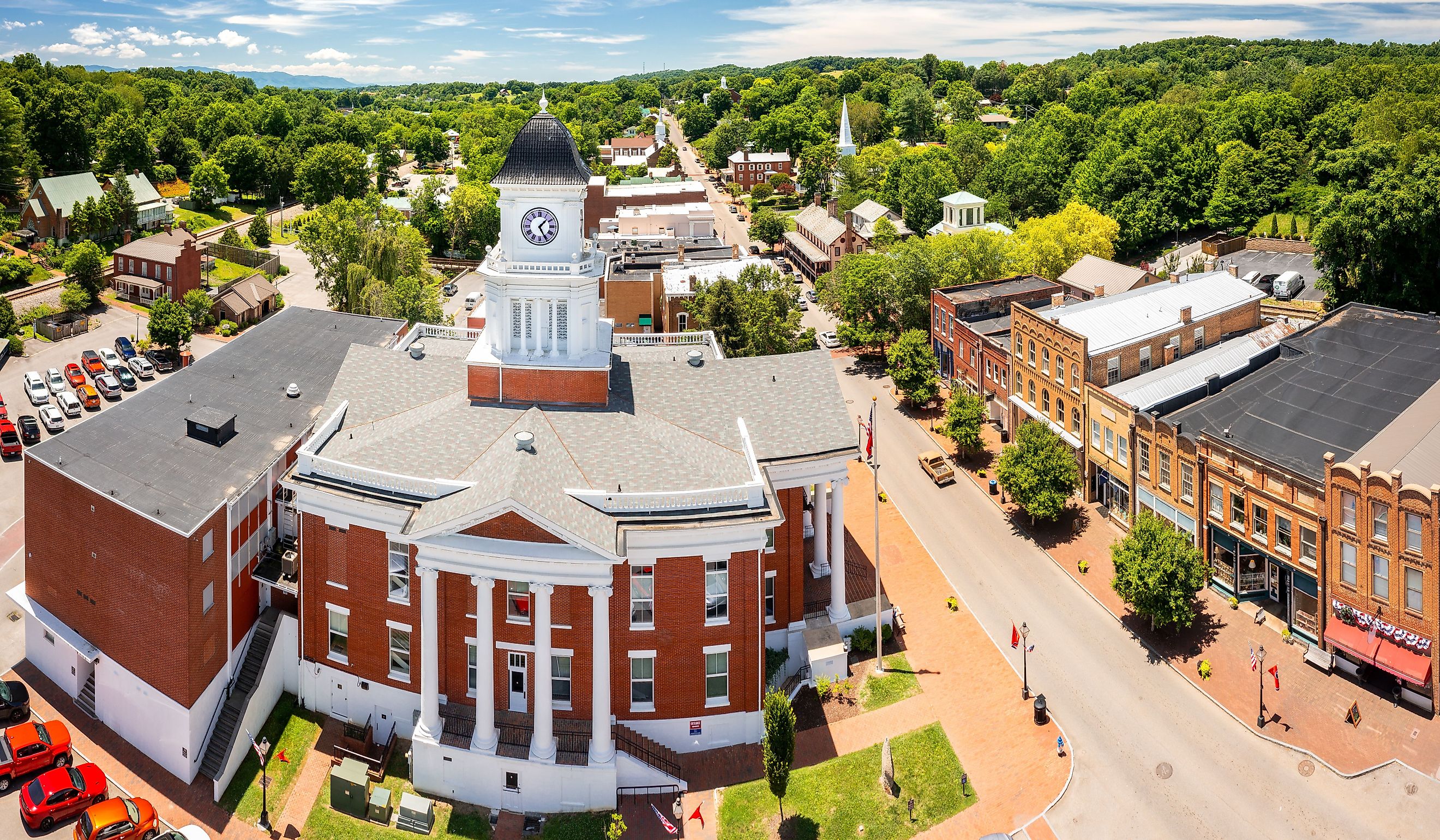
9 Most Historic Small Towns to Visit in Tennessee in 2024
Tennessee is a beautiful and historic state that influenced the Civil War and the War of 1812 history. It gained the moniker "the Volunteer State" during the War of 1812 when Tennesseeans volunteered for military service. Historic towns reflect the state's history with vintage architecture, historical sites, and exhibits. Tenessee became the 16th state in the union in 1796, and many small towns are a part of the storied history.
These towns and villages have all left their imprint on Tennesse and national history, and they all share striking natural scenery. The scenery enhances the historical significance and makes the area an unbelievable place to visit. From the oldest town to the war-torn towns that were rebuilt and thrived, these are the most historic towns in the Volunteer State.
Jonesborough
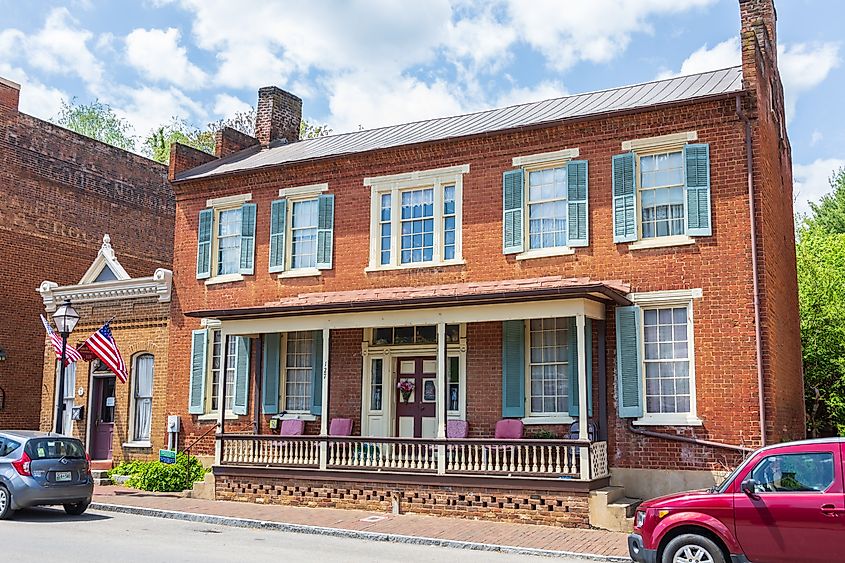
Jonesborough is Tennesee's oldest town. Indigenous people first inhabited it, becoming a permanent English Colonist settlement in 1769. Three years later, the Watauga Association penned one of the nation's first constitutions. Historic Downtown's Main Street is a carefully preserved historic district over 200 years old, and modern merchants carry on the tradition by setting up shops in antique buildings. The Visitor's Center offers local and regional maps for self-guided tours.
The Historic Jonesborough Visitors Center and Old Town Emporium are the focal points of downtown, especially for visitors. Artisan shops sell Appalachian crafts, and local history books are available at the bookstore. The Chester Inn is the oldest commercial building in Jonesborough, built by a doctor in 1797 to care for passersby. Many famous people, including Presidents Jackson, Johnson, and Polk, have lodged at the State Historic Site. The Chester Inn and Heritage Museum showcases a diorama of 1850s Jonesborough and photographic exhibits of the historic area.
Leipers Fork
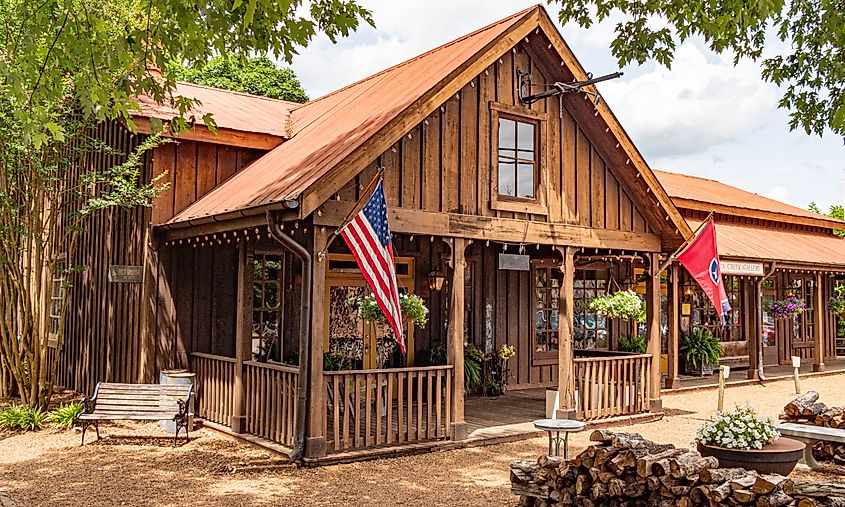
Leipers Fork is a small village in middle Tennessee famous for distilling whiskey. The Leipers Fork Distillery is housed in a restored 1829 log cabin and is available for daily tours and tastings. The bucolic village is one of the last surviving towns on the historic Natchez Trace Parkway and is on the National Register of Historic Places. It was founded in the late 18th century and was an agricultural and trading hub, now an artistic haven for travelers and artists. Galleries like The Copper Fox, Leipers Creek Gallery, and David Arms Gallery now occupy the old town buildings, once barns and gas stations.
A must-see attraction for history buffs is the Carter House, built in 1830. The Lawn Chair Theatre is a rustic timber stage for live performances, including Wille Nelson, where guests bring their own chairs. It is a beautifully historic town that makes up the fabric of Tennessee.
Lynchburg
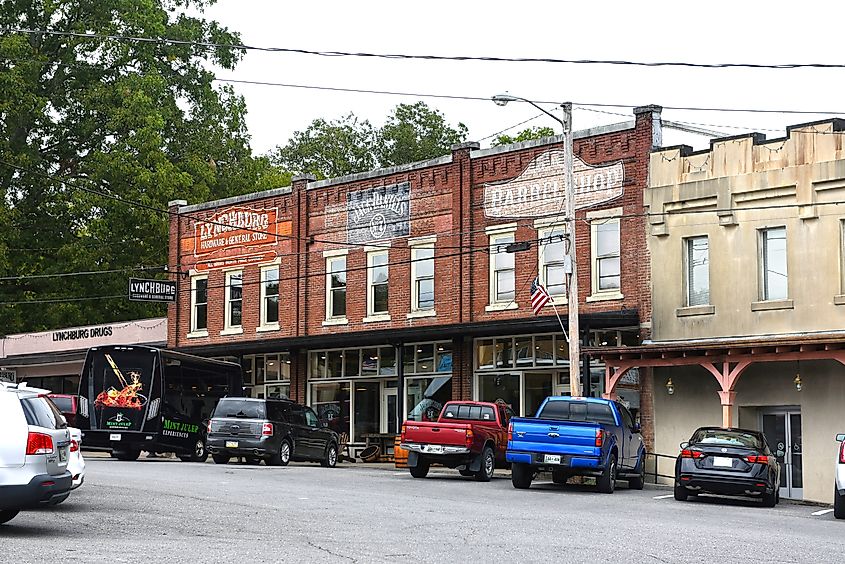
Lynchburg was founded in the early 19th century and is famous for being the home of Jack Daniels Distillery. The distillery is the oldest in the United States and averages an amazing 250,000 visitors annually. The quaint town has charming buildings, a town square, and a historic courthouse. The Lynchburg Historic Townsquare is almost 200 years old and contains restored buildings, charming shops, and the Old Jail Museum.
The Old Jail, built in 1892, operated for over 100 years and is available for daily tours. When the new jail was built in 1990, the Old Jail became a museum and eventually registered on the National Register of Historic Places. Moore County Courthouse, built in 1885, is in the center of the Historic Townsquare and added two wings in 1968. It is the focal point of the small town, and only one of four in Tennessee survived this era.
Gatlinburg
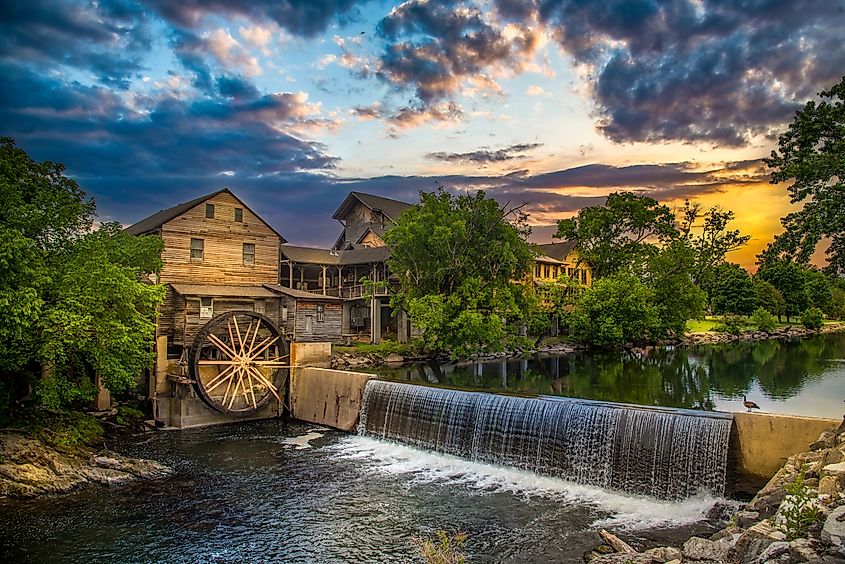
The scenic hamlet of Gatlinburg is famous for its colorful history and many tourist attractions, including the Gatlinburg Space Needle. Established in the mid-19th century, it is a gateway to the Smoky Mountains, which plays a pivotal part in its history. The residents were mainly Union during the Civil War, though Confederate forces occupied the area. After the war, Gatlinburg became a prime contributor to the logging industry.
The residents were the main advocates for establishing a national park, the Great Smoky Mountain National Park, in 1934. The park was built with land from the logging industry and pulpwood companies. Elkmont is a historic part of the Smoky Mountain National Park, once a resort town for the wealthy. It was built in 1901 by the Little River Lumber Company and Railroad, though it was first settled in the mid-nineteenth century. Elkmont is in the process of being restored, but visitors are welcome to visit the original fireplaces and stone furnishings, as well as the hiking trails through the ghost town.
Rogersville
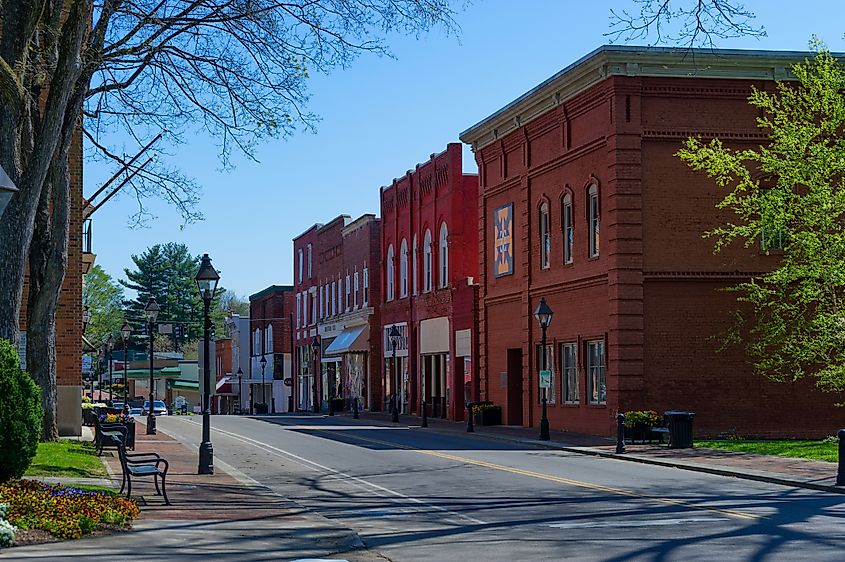
Davy Crockett's grandparents founded Historic Rogersville on an important stage road between Atlanta, Georgia, and Washington, D.C. The strategic location made it an ideal layover for weary travelers; many historic inns and taverns still exist. The famous Rogers Tavern on Rogers Street was built in 1786, and historic figures like Andrew Jackson have lodged here. Jackson also frequented McKinney's Tavern, now the Hale Springs Inn, in the historic district.
Hale Springs Inn is a gorgeous building in the Federalist architectural style. Many rooms are named after the presidents who stayed here: Jackson, Johnson, and Polk. Other landmark historical commercial buildings include Crockett Spring Park, where the famous frontiersman lived with his family, and the first printing shop in Tennessee. The Tennessee Newspaper and Printing Museum showcases where George Roulstone printed the first Knoxville Gazette.
Pulaski
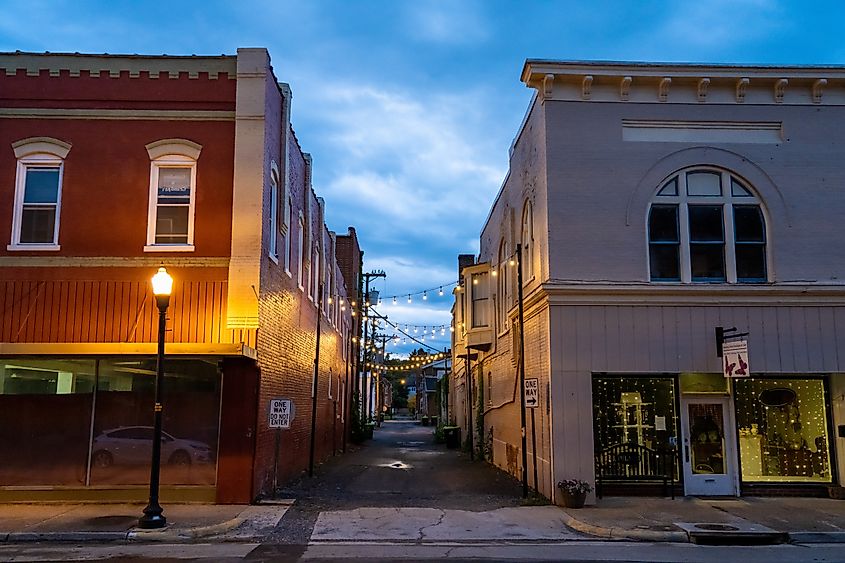
Pulaski derived its name from one of only seven people awarded honorary citizenship, Kazimierz Pulaski. The Polish native saved George Washington's life during the Revolutionary War. The local area was also a hotbed during the Civil War. Many historical sites exist, and the downtown district has been part of the Main Street Program since 2015. The piece de la resistance is the Neoclassical Giles County Courthouse, completed in 1909 and topped with an 1858 bell that still strikes the hourly time.
The Pulaski Courthouse Square District has been on the National Register of Historic Places list since 1983, and many Victorian buildings date back to 1863. A historical marker pays homage to this fact, and eight more markers are within walking distance. These markers honor Sam Davis, John Crowe Ransom, and the Church of the Messiah, among other notable people and structures. There are modern retailers and restaurants throughout the area, but the classic brick facades and elegant columns and cupolas reflect the well-preserved history of Pulaski and its eclectic history.
Columbia
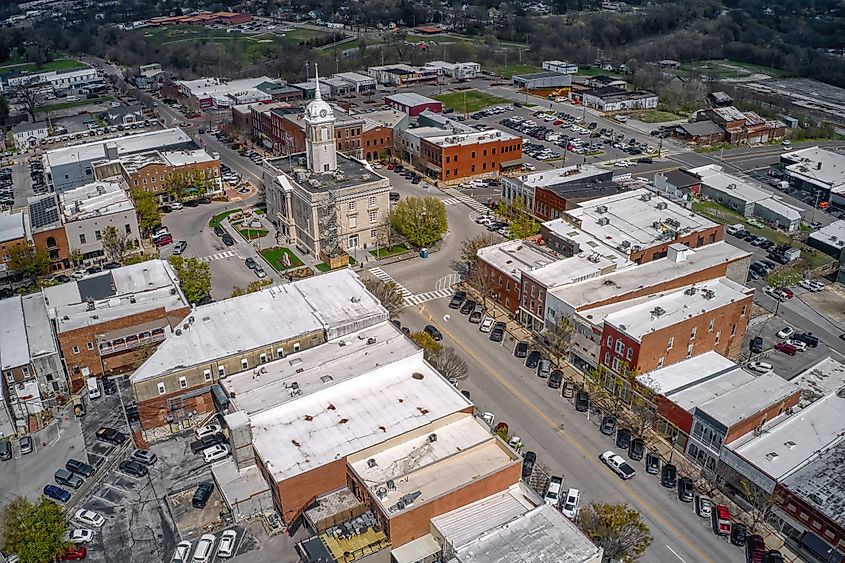
Columbia, incorporated in 1817, sits on the Duck River and was one of Tennesee's first Main Street Communities. The Columbia Commercial Historic Downtown includes beautiful Federal, Victorian, and mid-19th-century Revival architecture. Standing tall in the middle of the classically Southern downtown is the regal Maury County Courthouse. Built in 1846, it is often called the "second courthouse" because it replaced the original brick structure from 1810.
Just a short walk from downtown is President James K. Polk's home on 7th Street. It is one of the most substantial presidential collections in the nation and contains President Polk's original furnishings, paintings, and White House china dishes. The Federalist-style home was constructed in 1816, and the budding lawyer and future president moved in two years later. Another historical landmark is Elm Springs. The Greek Revival mansion, built in 1837, was built on the original stage road and is available for guided tours.
Greeneville
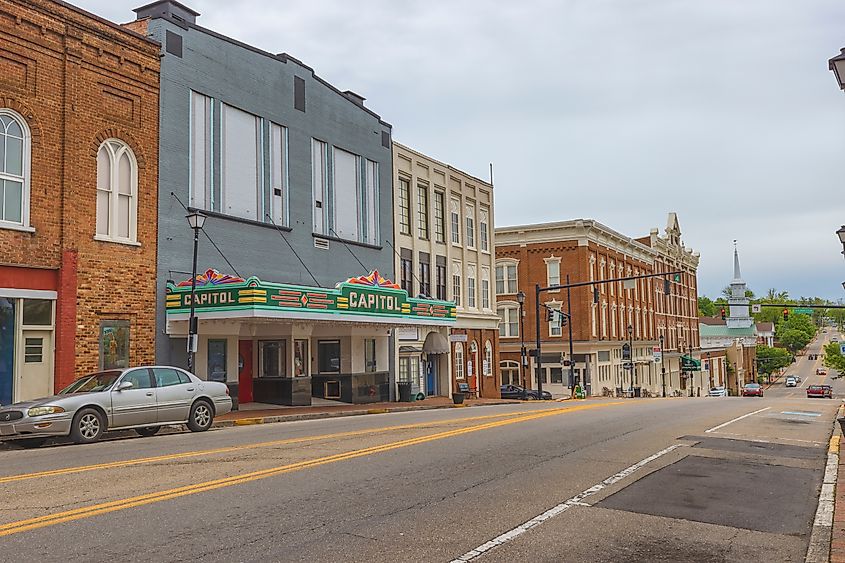
Established in 1783, the historic town of Greeneville got its unique spelling from Revolutionary War hero Nathanael Greene. The Greeneville-Greene County History Museum on Main Street contains many artifacts and exhibits from the Civil and Revolutionary Wars. Along with local businesses and classic architecture, Main Street has over 250 places of worship, reflecting the deep spirituality of the townspeople.
The Greene County Courthouse is part of the Greeneville Historic District and was one of only about 15 federal courthouses built at the beginning of the 20th century. Today, it is part of the National Park Service. The famed General Morgan Inn has been operating since 1884 and today is a 4-star hotel and conference center, blending modern luxury with the past.
Bell Buckle
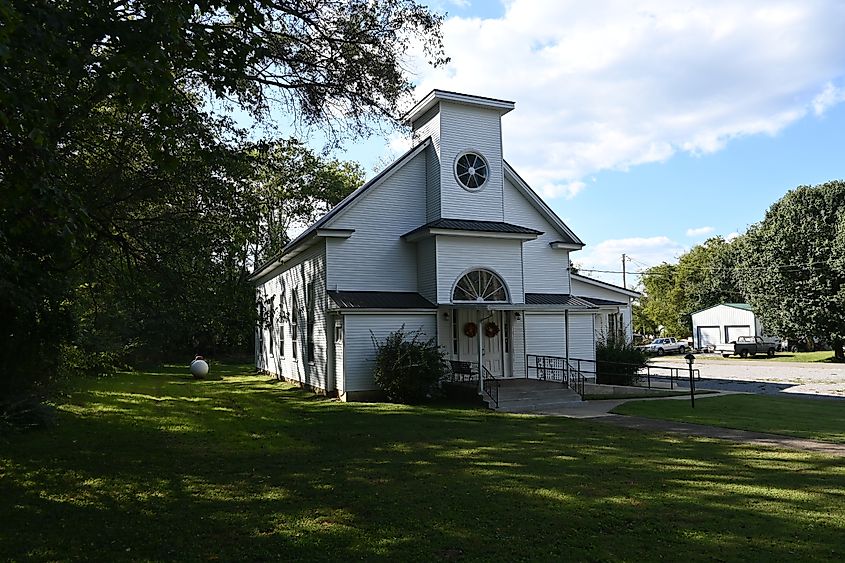
Bell Buckle is the smallest town in Tennessee. It is also designated as a tree city in the USA. The quaint railroad village consists of beautifully restored Victorian-era residences and churches and is home to the elite preparatory Webb School, founded in 1870. Today, the town is known for its artistic legacy and as an epicenter for antiquing.
The Historic Walking Tours take visitors past monumental sites like Depot Square and a former Victorian clothing store. Though several vendors have occupied the buildings over the last 150 years, they remain and immerse the town in the past. The tour strolls through neighborhoods, including the oldest house in Bell Buckle. The Greek Revival Hoover House was built in the 1870s and was converted to the Hoover Funeral Home in the early 20th century. It was then remodeled into the Lynch Hotel and finally back to a residence again in the 1980s.
Tennessee has a rich history and was integral during the major wars of the 19th century. It is also conveniently located between major trading routes, especially before the advent of automobiles, making it an important way-point in the past. This key factor made the Volunteer State bloom with pop-up towns and villages like Bell Bottom and Rogersville and cemented their place in history.
The historical significance paired with the scenic background is a sight to behold. Several historic small towns, such as Columbia, are part of the Main Street Community because of their abundance of Victorian and other definitive architectural styles. These nine towns are an American history buff's dream and are small enough to walk around and enjoy the markers and other signs denoting their place in history.











